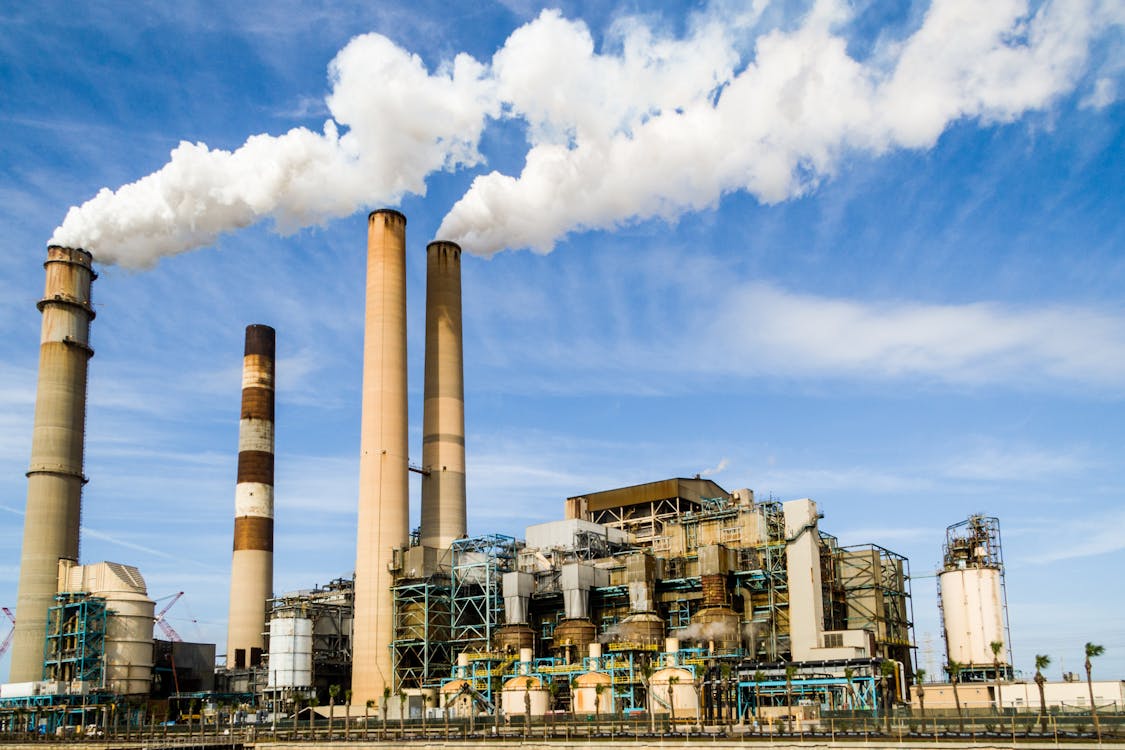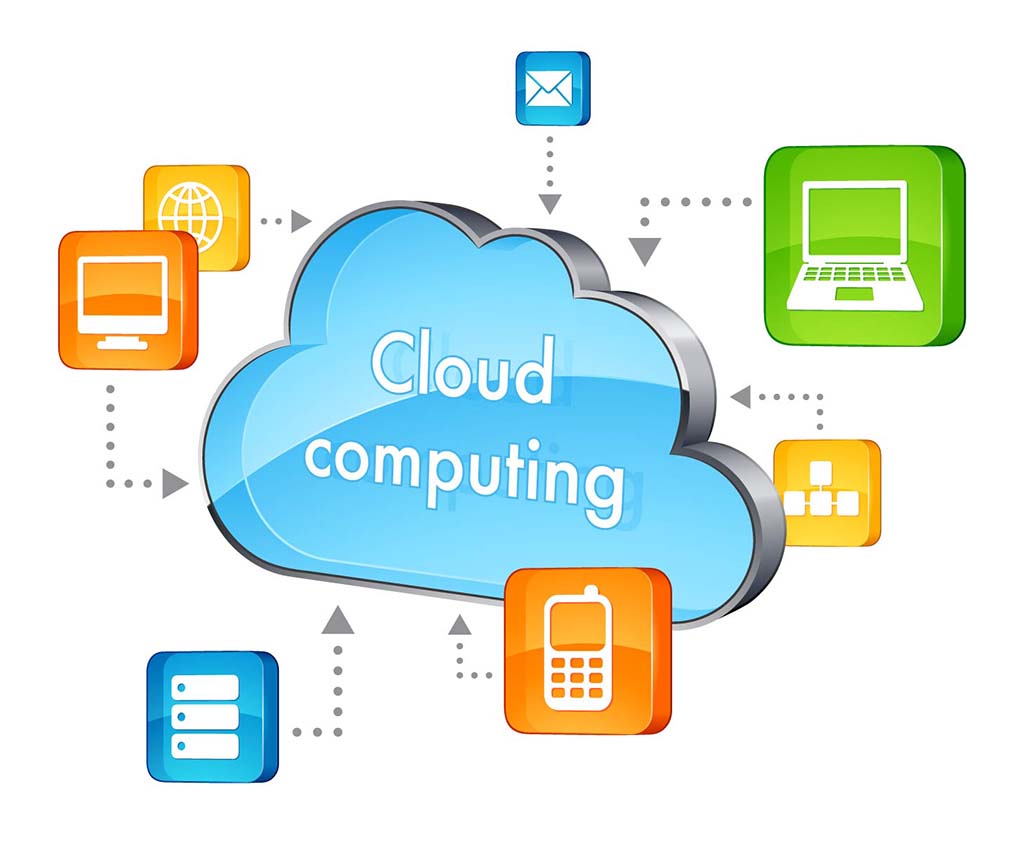Revolutionizing Productivity: A Journey through Industrial Machine Advancements
In the bustling realm of industry, the pursuit of increased productivity has been a perpetual driving force. Over the decades, the landscape of productivity has been reshaped by the relentless march of technological advancement, particularly in the realm of industrial machines. From the earliest steam-powered engines to the sophisticated robotics of today, the evolution of industrial machinery has been nothing short of revolutionary.

The Industrial Revolution: Genesis of Transformation
The seeds of modern industrial productivity were sown during the Industrial Revolution of the 18th and 19th centuries. This era witnessed the emergence of steam-powered machinery, catalyzing a monumental shift in manufacturing processes. Steam engines powered textile mills, locomotives, and various other industrial applications, significantly amplifying productivity and laying the groundwork for further innovation.
The Rise of Automation: Streamlining Operations
The 20th century witnessed a paradigm shift with the advent of automation. Assembly lines, pioneered by visionaries like Henry Ford, revolutionized mass production by breaking down complex processes into smaller, repeatable tasks. This not only accelerated production but also enhanced efficiency and consistency, setting new standards for industrial output.
Digital Revolution: Integration of Information Technology
The latter half of the 20th century saw the convergence of industrial machinery with information technology, giving rise to the Digital Revolution. Computer Numerical Control (CNC) machines emerged, empowering manufacturers with precise control over machining processes. Additionally, programmable logic controllers (PLCs) facilitated automation and real-time monitoring, further optimizing productivity and quality control.
Robotics and AI: Pioneering the Fourth Industrial Revolution
In the 21st century, the fusion of robotics and artificial intelligence (AI) has ushered in the Fourth Industrial Revolution. Robots equipped with advanced sensors and AI algorithms are capable of performing intricate tasks with unparalleled speed and accuracy. Collaborative robots, or cobots, work alongside human operators, augmenting productivity while ensuring safety and flexibility on the factory floor.
Predictive Maintenance: Maximizing Uptime and Efficiency
Moreover, predictive maintenance technologies have emerged as a cornerstone of modern industrial productivity. Machine learning algorithms analyze vast amounts of data from sensors to predict equipment failures before they occur, enabling proactive maintenance interventions. This not only minimizes downtime but also maximizes operational efficiency and cost-effectiveness.
The Future Horizon: Toward Autonomous Manufacturing
Looking ahead, the trajectory of industrial machine advancements points towards autonomous manufacturing systems. These systems will leverage AI, robotics, and interconnectedness to orchestrate entire production processes autonomously, from raw material procurement to finished product delivery. Such a paradigm shift promises unprecedented levels of productivity, agility, and sustainability in the industrial landscape.
Conclusion
The journey through industrial machine advancements is a testament to human ingenuity and innovation. From the steam-powered engines of yesteryears to the AI-driven robotics of today, each milestone has propelled productivity to new heights, reshaping industries and economies in its wake. As we stand on the precipice of a new era of autonomous manufacturing, the potential for further revolutionizing productivity is boundless, promising a future where machines work tirelessly to fulfill human aspirations.






